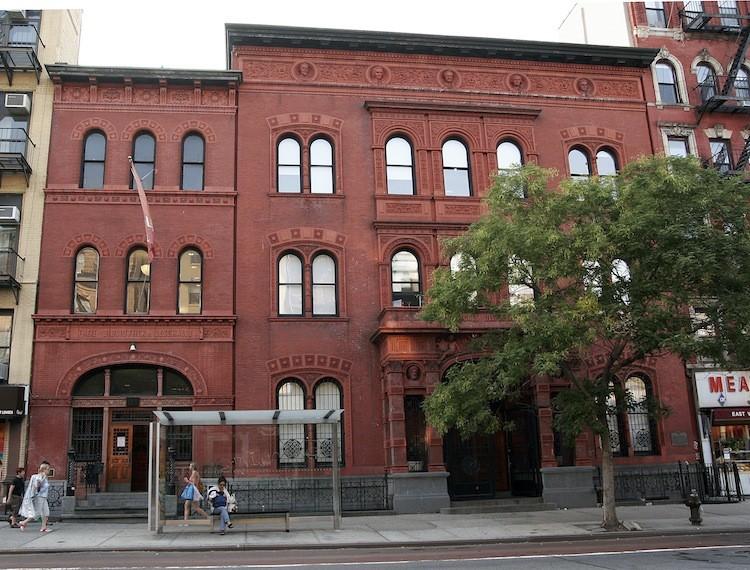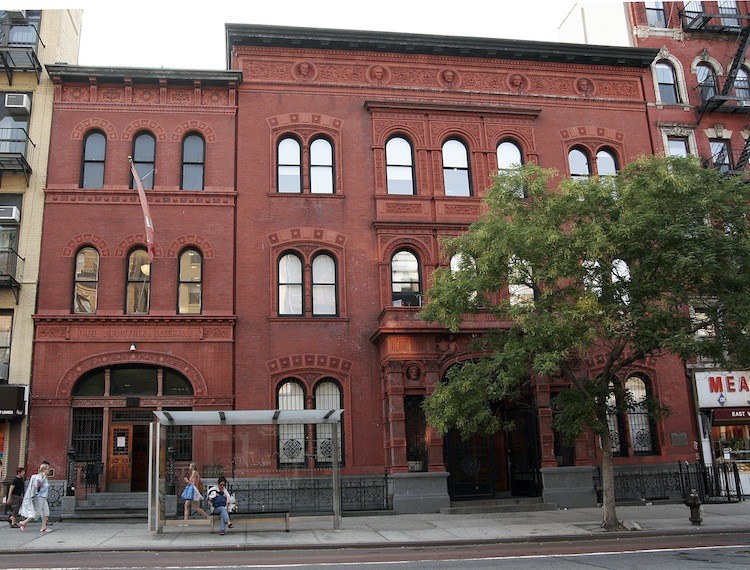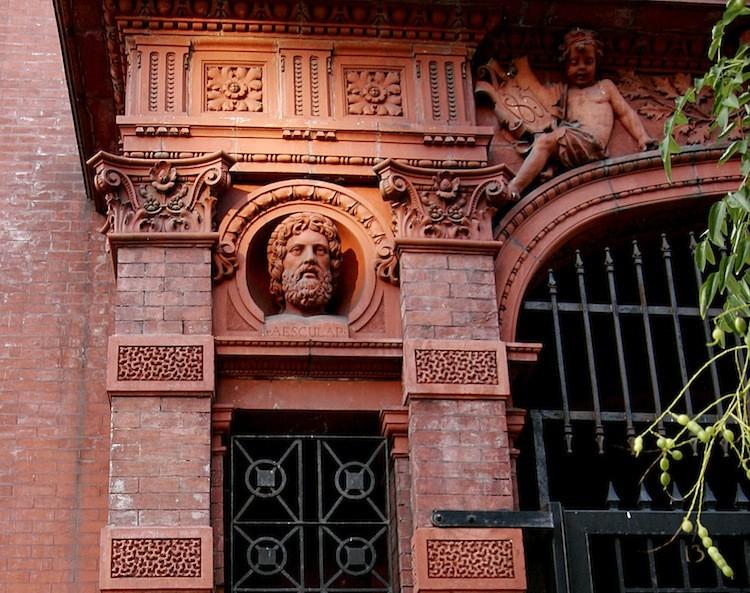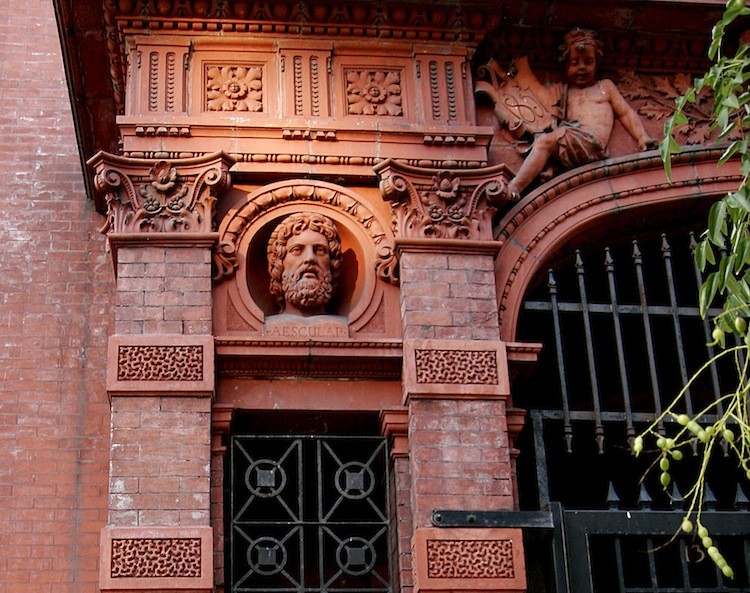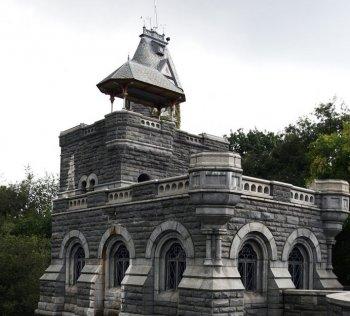Ottendorfer Library and the Stuyvesant Polyclinic
135–137 Second Ave.
Year built: 1883–1884
Architect: William Schickel
NEW YORK—One of the oldest branches of the New York public library system, as well as the first building in New York to be erected specifically as a free public library, is still open today on Second Avenue in the East Village.
The Ottendorfer Library was a gift to the city of New York, as was its adjoining health clinic, the Stuyvesant Polyclinic, from Anna and Oswald Ottendorfer, German immigrants, newspaper publishers, and philanthropists.
The Ottendorfers were publishers of the German-language newspaper Staats-Zeitung, popular among the city’s 60,000 German residents in the mid-19th century. The newspaper was published until 1991.
When the Ottendorfers contracted German-born architect William Schickel in 1883 to design the pair of buildings, their purpose was to promote “the bodily and mental health of their fellow Germans in the United States,” according to a Landmarks Preservation Commission report.
Both buildings are three stories tall, though the dispensary, as it was called when built, is the taller and broader of the two. Dispensaries were popular at the time and offered free or low-cost medical care to poor people.
Both buildings are heavily decorated in molded terra cotta, an early adoption of the building material, which became more popular later in the 19th century.
Owls, globes, urns, and books symbolizing the wisdom available in the many German and English books within the library are appropriate ornamentation on the library next door. An inscription above the door of the library reads “Freie Bibliothek u. Lesehalle” or Free Library and Reading Room.
The Ottendorfers supplied a generous grant to fill the library’s shelves with titles in both German and English; the collection was equally divided between the two languages and there were two separate checkout desks, one for each language.
A 1976 report from the city’s Landmarks Preservation Commission describes the dispensary as having been painted white, but both buildings were restored in 1999 and now display their original red brick.
The library still serves the East Village community, and though it has been updated with a new elevator, plumbing, and other structural improvements, it still retains much of its original character and furnishings.
The Stuyvesant Polyclinic is now being used for private offices for a British think tank and business development firm called ?WHAT IF!
Both buildings are New York City landmarks
